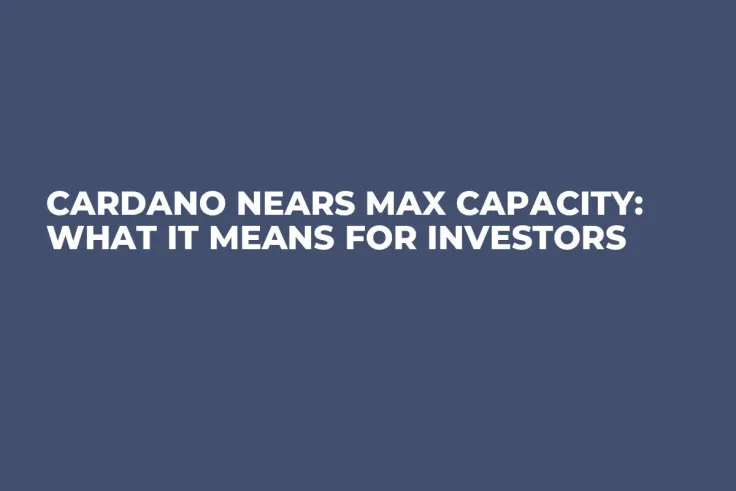
Decentralized blockchain platform Cardano is edging closer to its maximum capacity, sparking discussions among industry experts about its future scalability.
Sebastien Guillemot, a well-known Cardano developer, recently took to Twitter to address concerns and discuss potential solutions.
He highlighted that Cardano has already implemented a significant portion of its 2021 scalability roadmap and that more improvements are on the way.
Guillemot detailed several strategies to further scale the Cardano network, including increasing block sizes, encouraging more decentralized applications (dApps) to migrate to the Plutus V2 smart contract platform and implementing tiered fees to create a proper on-chain market. He also pointed out the use of sidechains, Layer 2 (L2) solutions and a data availability (DA) layer to offload traffic from Cardano's Layer 1 (L1) network.
He emphasized the importance of developing creative solutions, like custom UTXO (unspent transaction output) selection algorithms for dApps and wallets, which can lead to significant cost savings. One such example is Milkomeda, a project that has achieved over $10,000 in savings through a novel UTXO selection algorithm.
With scalability enhancements in the pipeline, the Cardano ecosystem will likely continue to attract developers and users.

 Dan Burgin
Dan Burgin Vladislav Sopov
Vladislav Sopov U.Today Editorial Team
U.Today Editorial Team